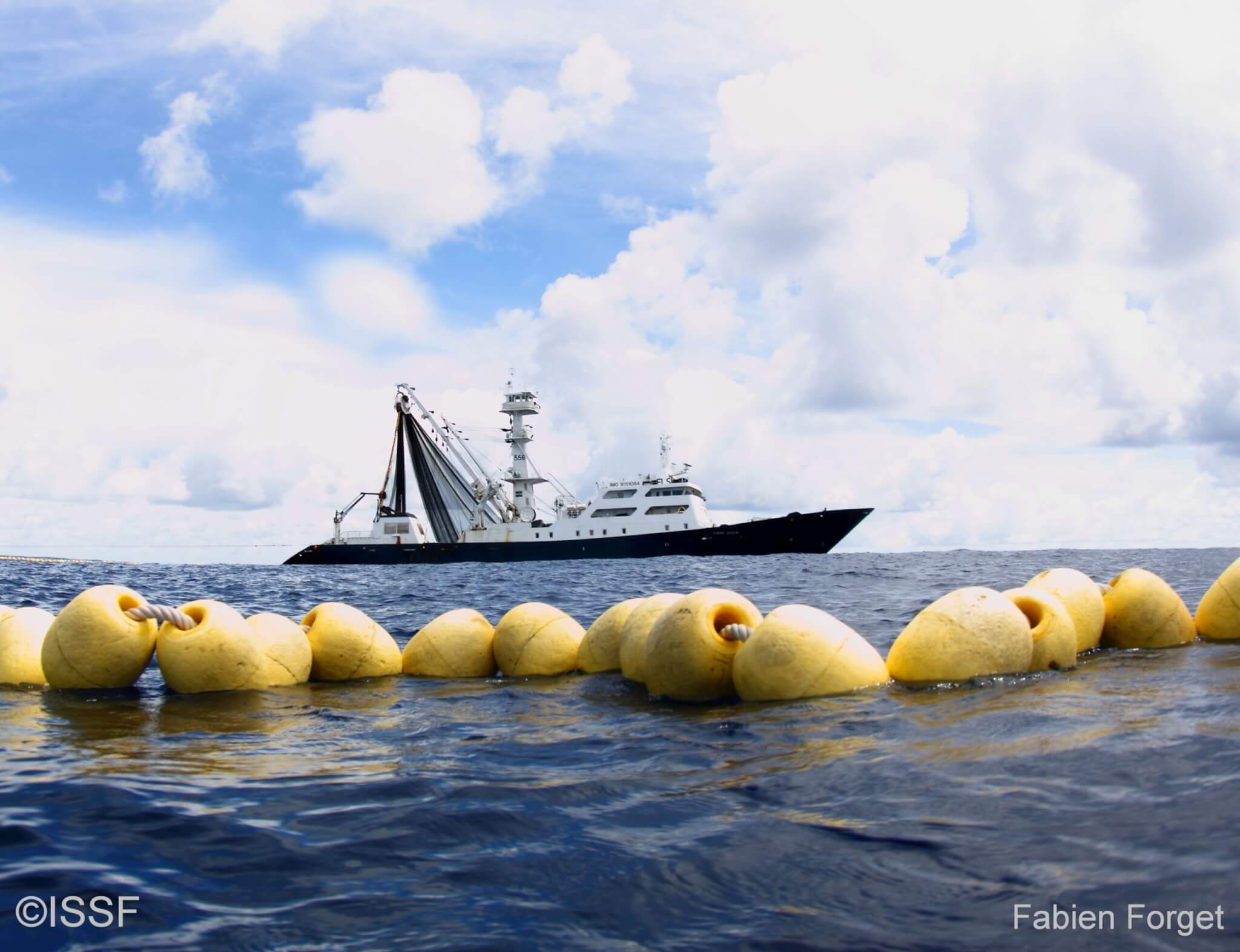Protecting Sharks – Idea Sharing at the Symposium on Fisheries Bycatch in Oceania
Posted by Melanie Hutchinson
11 Aug 2014
Melanie Hutchinson is a Ph.D. student at the University of Hawaii’s Hawaii Institute of Marine Biology. She began her career in fisheries as a longline fisheries observer in Hawaii. Since then she has been interested in developing and testing ways to reduce the impact that fishing has on shark populations.
Students and scientists from all over the globe came together in Suva, Fiji last month to discuss threats to biodiversity in the Pacific region, including climate change, habitat loss, overfishing and bycatch- during the Society for the Conservation of Biology’s Oceania section conference. ISSF co-sponsored the Fisheries Bycatch in Oceania: Assessment and Solutions Symposium, chaired by Dr. Susanna Piovano (USP) and Dr. Yonat Swimmer (Pacific Islands Fisheries Science Center NOAA-NMFS). The symposium offered talks on sea turtle, marine mammal and shark bycatch issues in longline, gillnet and purse seine fisheries worldwide. I was there to discuss my favorite topic, shark bycatch. With the onset of Discovery Channel’s Shark Week, this is a good opportunity to highlight some current shark related research and factual information regarding shark populations and what scientists are doing to preserve these populations, many of which are in grave states of decline mostly due to overfishing.
The paper I presented, “Post-release survival of juvenile silky sharks captured in a tropical tuna purse seine fishery” was one of the results of ISSF’s Bycatch Project cruise in the western central Pacific Ocean. One component of the research objectives during this cruise was to look at the post release survival rates of juvenile silky sharks incidentally captured in purse seine nets when fishing for tuna around drifting fish aggregating devices (FADs). Researchers from the University of Hawaii participated in a 44-day cruise on a commercial purse seine vessel and conducted several experiments on juvenile silky sharks captured as bycatch. We found very low post release survival rates in juvenile silky sharks that are captured in purse seine fishing nets, about 15% overall. The best means of reducing the impact this fishery has on silky shark populations may be 1.) continued efforts to avoid shark capture all together and 2.) releasing the sharks from net while the net is large enough for the animals to swim, as through a release panel in the net.
Some highlights from other presenters included:
- Ian Campbell from the World Wildlife Fund (WWF) gave an overview of WWF’s Global Shark Action Plan’s goals and strategies to ensure that shark resources are harvested sustainably.
- Mike Osmond closed the session by inspiring the audience to get creative and find new ways to make fisheries more sustainable. He gave a quick overview of the World Wildlife Fund’s Smart Gear award and gave examples of successful technologies that had been supported by the award.
Mike’s call for innovative ideas and bycatch solutions also inspired me to pursue an idea that I’ve been thinking about for a few years: a solar-powered, strong electric field generating shark repellent to test at FADs. Electrical engineers wanted!
Overall the session was very informative and provided a good basis for researchers and managers in Oceania to formulate plans to address major gaps in knowledge and to identify strategies that may help reduce the waste and negative ecosystem impacts that bycatch generates.
After the conference was closed with a banquet at the Fiji Museum, a few of the other participants and I took a drive up the coast to Pacific Harbor to see if the “Best Shark Dive in the World” lived up to its name. It definitely lived up to the hype.
The dives were incredible. We were an arm’s length distance from large, adult, feeding motivated bull sharks for about 45 minutes – twice! We also observed grey, blacktip and whitetip reef sharks at the same site but vertically structured in their habitat use. It was awesome! The local marine biologist diving with us gave a presentation on the behavioral ecology of the shark species present at the reef during our surface interval. He also gave a brief overview of the active research projects in the area. Some of their bull shark telemetry work is very similar to what my lab at the Hawaii Institute of Marine Biology has been doing with the coastal shark species present in Hawaii. So it inspired a very interesting discourse!
I was in heaven – what a great way to end a very productive trip!
____________________________________________________________________________________________________
For more information on shark bycatch in tuna fisheries and shark research programs, check out the following links:
Shark Bycatch and Post-release Survival
How to Save 500,000 Sharks in the Indian Ocean
http://oos.soest.hawaii.edu/pacioos/projects/sharks/


